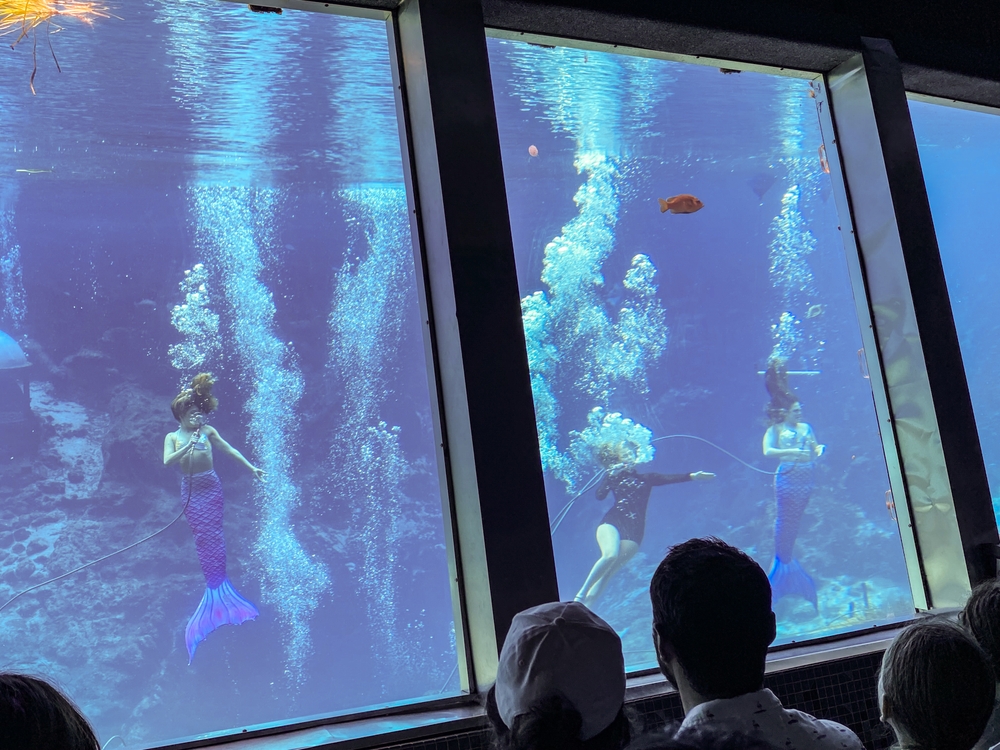The Fascinating World of Marine Aquariums: A Deep Dive
Peering into a marine aquarium is like gazing at a miniature ocean world teeming with life. From the vibrant corals to the exotic fish species, marine aquariums offer a fascinating glimpse into an ecosystem many will never experience firsthand. But what goes into creating and maintaining these underwater paradises? Let's dive into the depths of marine aquariums, exploring their history, development, and the latest trends in the industry.

A Historical Look at Marine Aquariums
Marine aquariums have been in existence for centuries, but their form and function have drastically evolved over time. The Romans were known to keep marine fish in marble tanks under the beds of their homes for entertainment. But it was not until the 19th century that the concept of a balanced marine aquarium, where plants and animals coexist in a self-sustaining ecosystem, was introduced.
The first public aquarium, the Fish House, opened at the London Zoo in 1853. It showcased various marine and freshwater species and sparked interest in home aquarium keeping. In the 20th century, advancements in technology made it easier to maintain stable water parameters, leading to a boom in the popularity of marine aquariums.
The Rise of Reef Tanks and Live Rock
Over the years, the focus of marine aquariums has shifted from solely fish-keeping to creating a miniature reef environment. The introduction of live rock—rocks covered in beneficial bacteria, algae, and small invertebrates—marked a significant milestone in this transition.
Live rock not only enhances the aesthetics of the tank but also serves as a natural biological filter, aiding in the breakdown of waste. The rise of reef tanks has led to an increased appreciation of corals and other invertebrates, broadening the scope of marine aquarium keeping.
Technology and Marine Aquariums: A Symbiotic Relationship
Technological advancements have been paramount in the progression of marine aquarium keeping. Modern filtration systems, protein skimmers, and LED lighting have made it possible to maintain diverse and complex marine ecosystems at home.
These developments have also allowed hobbyists to keep previously unattainable species. For example, advancements in lighting technology have made it possible to provide the intense light required by certain coral species, enabling their successful cultivation in home aquariums.
Current Trends: Sustainability and Conservation
The marine aquarium hobby has not been without controversy, particularly concerning the collection of wild specimens. Growing awareness of the impact on natural reef ecosystems has led to a shift towards more sustainable practices.
Aquacultured corals—those grown in captivity rather than harvested from the wild—are becoming increasingly popular. There is also a growing trend towards captive breeding of marine fish species. These practices not only reduce pressure on natural populations but also provide hobbyists with healthier and more adaptable specimens.
The Cost and Impact of Marine Aquariums
Setting up a marine aquarium can be a significant investment, with costs ranging from a few hundred to several thousand dollars, depending on size and complexity. The impact on the economy is substantial, with the global ornamental fish market estimated to be worth $7.51 billion in 2019.
Despite the costs, the marine aquarium hobby continues to grow, driven by the allure of owning a small slice of the ocean. It has also led to increased understanding and appreciation of marine ecosystems, promoting conservation efforts and contributing to scientific research.
Marine aquariums offer a captivating insight into underwater ecosystems, combining aesthetics, science, and technology. As we continue to explore these miniature ocean worlds, they remind us of the beauty, complexity, and fragility of the natural world, inspiring us to protect and preserve it for future generations.




